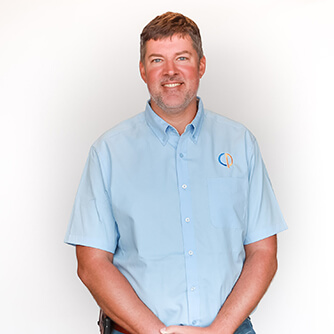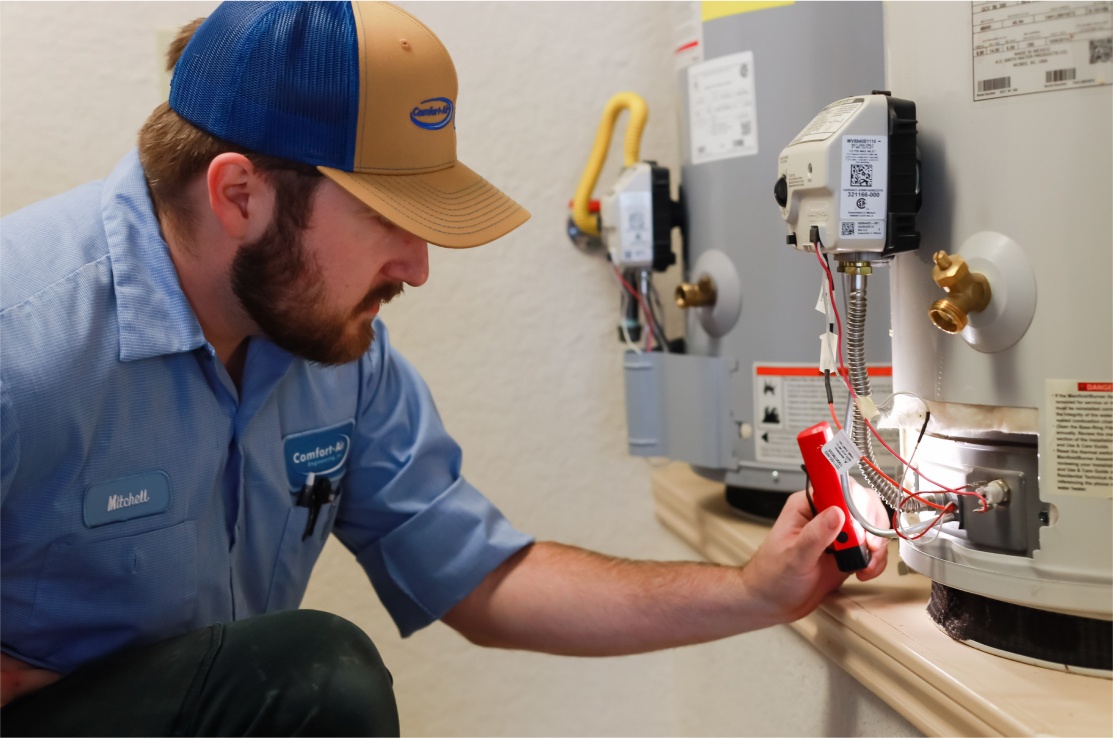
Preventing The Dangers of Backflow

You rely on your plumbing for everything – from kitchen plumbing to taking showers – so are you doing everything you can to protect it and your family? Backflow is a lesser-known plumbing issue that can have a major impact on your home and health.
Although there are many dangers of backflow, it can also be prevented with the help of a professional plumber and some research on your end. Read on to understand the specifics on backflow and how you can easily stop it from happening to your home.
Understanding Backflow

When there is a major drop in pressure in your piping, water is not forced away from your home.
Instead, the wastewater that your sewer lines do such a good job of removing, flow back into your home, contaminating your water supply.
In many cases, backflow generally occurs when there is an issue with the water mains. Generally from excess water, like in a flood, or if there is some kind of damage to the citywide plumbing. This is why many backflow issues occur after natural disasters like earthquakes and hurricanes.
Similarly, it can happen at the local level if you have a burst pipe in your home. The sudden surge of water can cause the reversal of your water flow, and without the proper devices in place, you can run into some very expensive repairs.
Leveraging Air Gaps For Protection

When your plumbing is working properly, it has enough pressure to flow through the pipe. If there is an issue where the pressure levels have changes, the water will not be able to flow back into your home because of said air gap.
Sometimes an air gap can be something as simple as a curve built into the pipe itself. Other times it’s an additional section that is welded in by a plumber. Your best option is always to check with a local plumber to determine how an air gap can be integrated into your plumbing system.
Pressure Vacuum to The Rescue

A pressure vacuum breaker is a check valve that is installed directly to your water main. When pressure levels are good, this valve is pushed and kept open.
As soon as the pressure drops, it seals shut and prevent the flow of water into your home – protecting it in the process. The big perk of pressure vacuum breakers is their ability to be tested. You can have an annual inspection performed by your local plumbing company.
Finding The Right Device For You

A good starting point for your home’s plumbing is to have annual backflow testing and drain cleaning. This way your water supply is always clean.
In the event you’re looking for a plumber in the San Antonio area, Primo Plumbing is here to help. We not only offer quality backflow testing but also we can help with your drain cleaning and sewer line inspections to keep wastewater away from your drinking water year-round!






